Northern Flickers
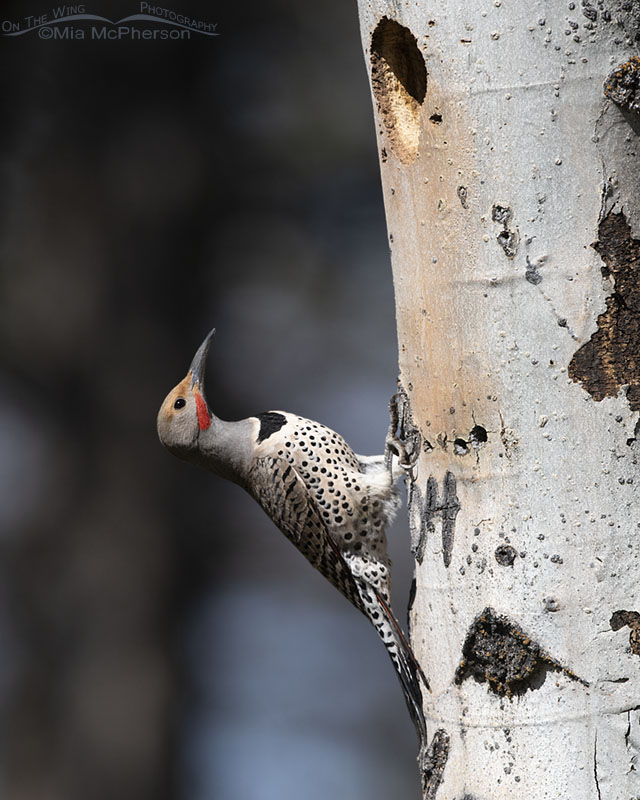 Northern Flicker male below his nest – Nikon D810, f7.1, 1/2000, ISO 500, Nikkor 500mm VR, natural light
Northern Flicker male below his nest – Nikon D810, f7.1, 1/2000, ISO 500, Nikkor 500mm VR, natural light
Yesterday when I wrote about nesting Mountain Bluebirds I mentioned that I had spotted a Northern Flicker at the nesting cavity the bluebirds were using to nest in. The nesting cavity was almost certainly created by a flicker. It might have been excavated last year or sometime before that because there weren’t any signs that it was a new excavation. Although Northern Flickers do use old nest cavities usually they construct new nests during the breeding season and their old nesting cavities are used by secondary cavity nesters.
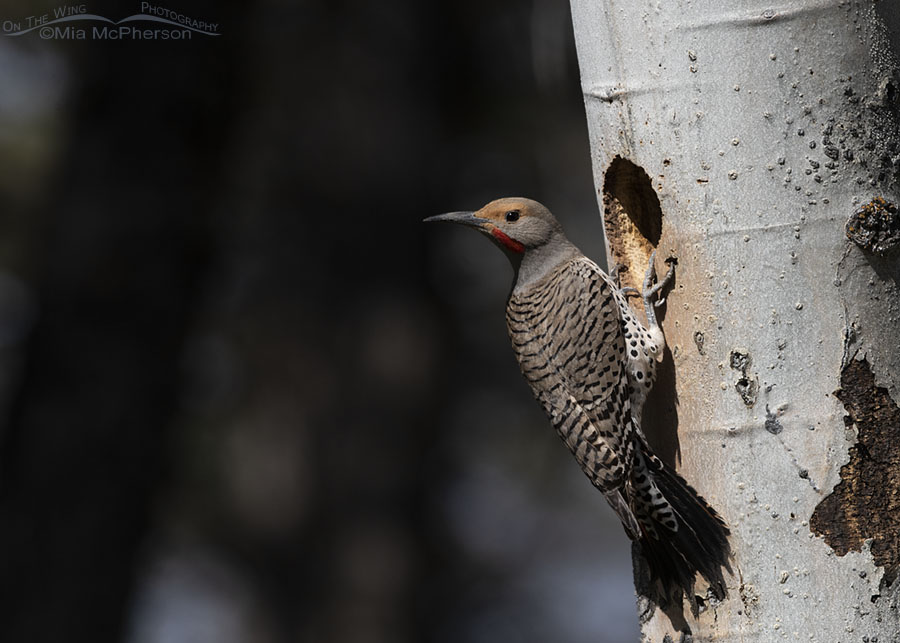 Male Northern Flicker perched outside of his nest – Nikon D810, f10, 1/1250, ISO 500, -0.7 EV, Nikkor 500mm VR, natural light
Male Northern Flicker perched outside of his nest – Nikon D810, f10, 1/1250, ISO 500, -0.7 EV, Nikkor 500mm VR, natural light
The Northern Flicker photos in this post were taken in the Targhee National Forest of Clark County, Idaho in May of 2015. These images show the flicker in the process of enlarging and excavating a nesting cavity that a mated pair of Williamson’s Sapsuckers had excavated the previous year. I am not sure how often flickers enlarge the nesting cavities of other primary cavity nesting birds so I found this nest excavation quite interesting.
The bills of Northern Flickers are well suited for pounding through the bark and the interior wood of trees.
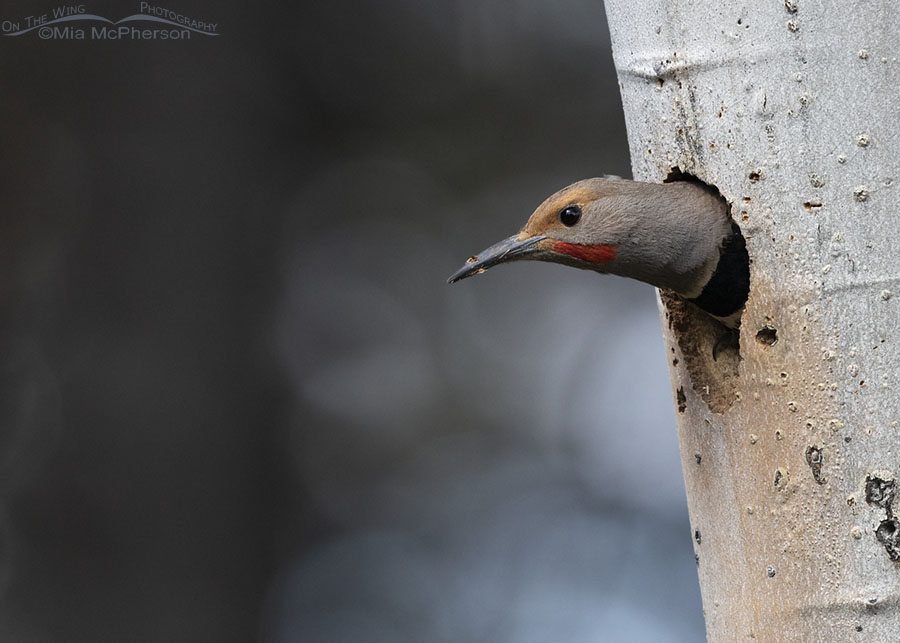 Northern Flicker male poking his head out of the nesting cavity – Nikon D810, f6.3, 1/800, ISO 800, -0.3 EV, Nikkor 500mm VR, natural light
Northern Flicker male poking his head out of the nesting cavity – Nikon D810, f6.3, 1/800, ISO 800, -0.3 EV, Nikkor 500mm VR, natural light
Northern Flicker chicks are well protected and safe inside the nesting cavities and the chicks of secondary cavity nesters usually are as well. I say “usually” because snakes, raccoons and squirrels can climb trees and eat the eggs or the chicks or human beings can cut down the tree, destroy the nests and kill the chicks. That happens and I know that from firsthand experience.
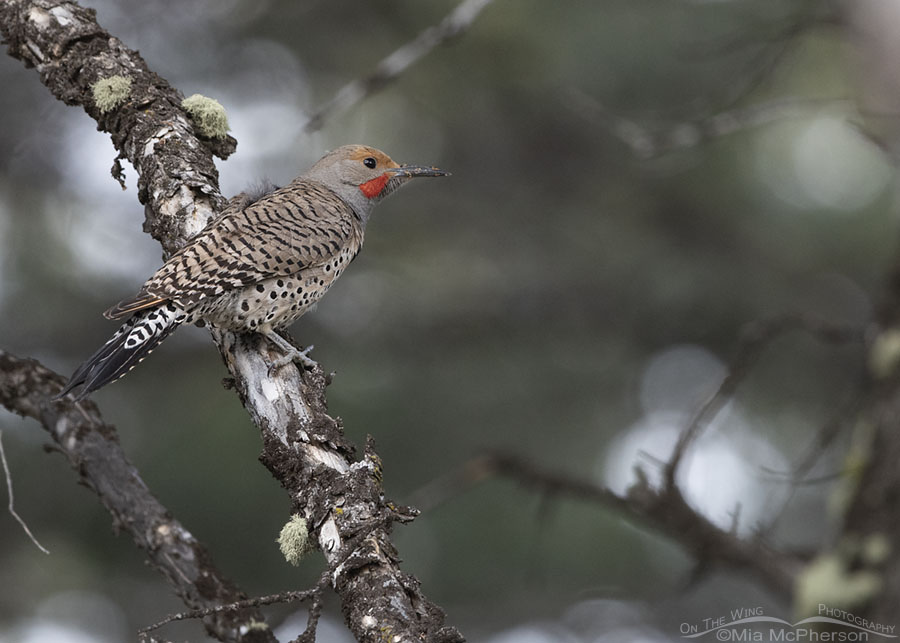 Male Northern Flicker resting in a conifer – Nikon D810, f6.3, 1/320, ISO 800, -0.3 EV, Nikkor 500mm VR, natural light
Male Northern Flicker resting in a conifer – Nikon D810, f6.3, 1/320, ISO 800, -0.3 EV, Nikkor 500mm VR, natural light
It can be challenging to locate nesting cavities but with keen eyes, by moving slowly through wooded areas on foot or by vehicle, having a crap load of patience, and listening for the calls of woodpeckers and secondary cavity nesting birds it is possible to find their nesting trees. By going slow and stopping in promising areas in forests or forested areas it makes it more likely and easier to spot birds that are typically found in the trees and forests.
Go too fast and these birds and their nesting cavities are easily missed.
Some of the secondary cavity nesting birds that use old Northern Flicker nests are shown below. Click the arrows on the sides to scroll through the photos. You can also click the individual images to view my photo galleries of that species.
Secondary Cavity Nesters
Note: Red-breasted Nuthatches are both primary and secondary cavity nesters.
There are other secondary cavity nesting birds that use old Northern Flicker and other woodpecker and sapsucker nesting cavities. I don’t have high quality images of all of them unfortunately but I hope to change that soon.
By excavating their own nests Northern Flickers provide nests for other woodland birds that can’t excavate nesting cavities on their own and those nests can be used over and over again. Nature is brilliant.
Life is good. Stay safe.
Mia
Click here to see more of my Northern Flicker photos plus facts and information about this species.




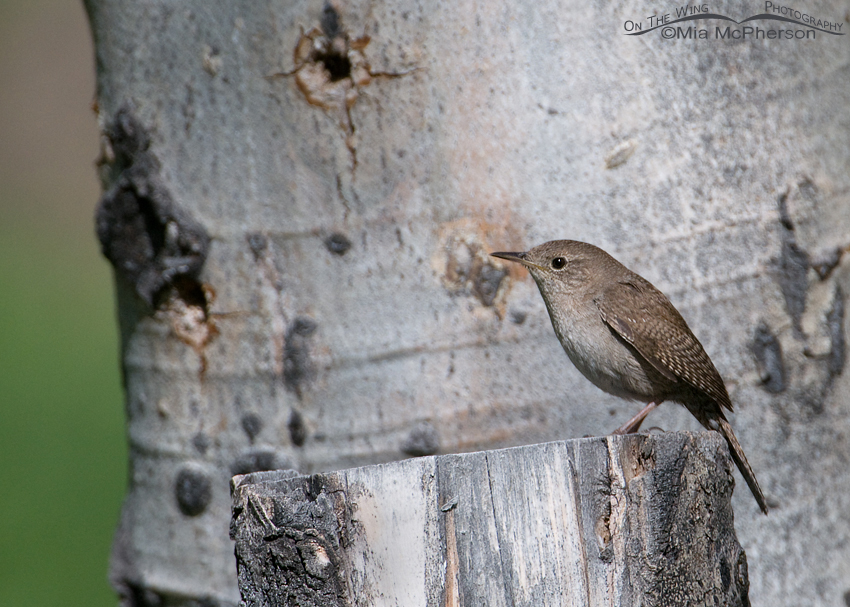
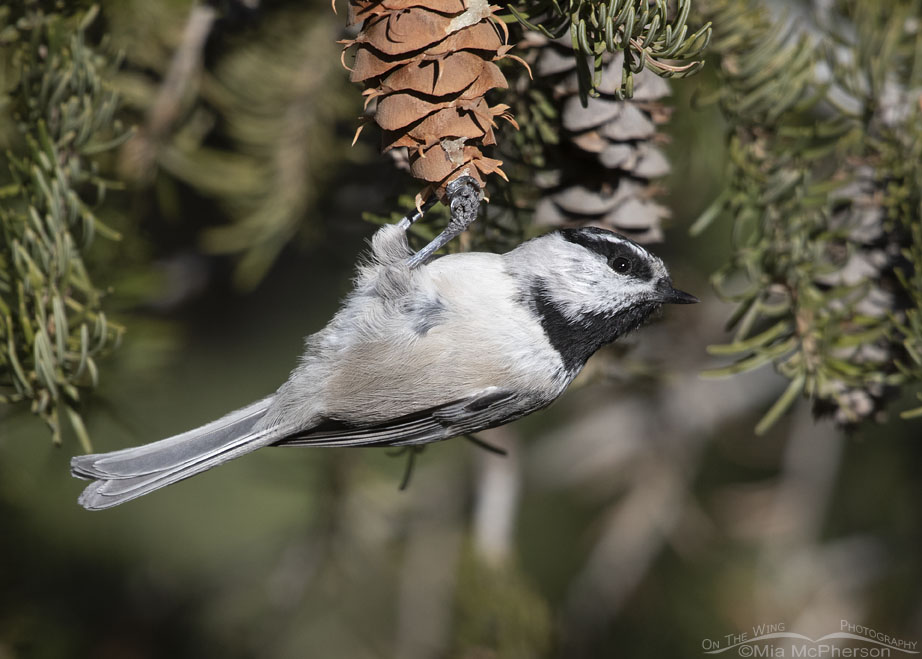



Great series of shots! The composition and detail is, as always, spot on. Thanks Mia.
An excellent example of recycling at its best.
And a big sigh (and a hiss and spit) at the human predators who don’t have survival as their motivator.
Wonderful photos and appreciate the lessons in first-nesters and excavation. I am amazed at how perfectly round these nests are. Last year I found a sapsucker nest because one, it was beside the trail, and two, the babies were making such a racket that I spotted it and Mom was really busy flying back and forth with bugs for the family. With some gentling on the restrictions, there is some hope that I will make it to a park .
Dear Mia I owe you such a debt! whenever things are not a joy I spend more time reading your comments.. It is such fine therapy . I like you have always been so impressed with the versatility and skills of birds, and their beauty , I look at someone like a Flicker and its solution “to where is my home” and the brilliant solution, and I know there is a solution for my problem . I am immediately cheered challenged and encouraged to quit sitting around mopping and get on with it!
Your Head full of birds is an international Marvel! Thank you for helping my day. Michael Pope
Interesting and neighborly.